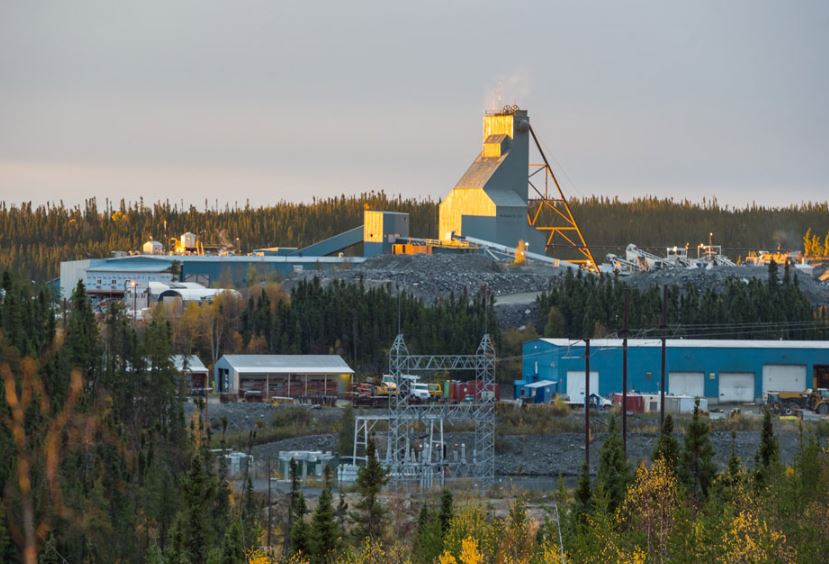SSR Mining’s Seabee Mine aims for 120,000 oz/year by 2020


SSR Mining Inc. [SSRM-TSX, NASDAQ], formerly Silver Standard Resources, has released the results of a preliminary economic assessment (PEA) for the Seabee gold operation in northern Saskatchewan, prepared with SRK Consulting (Canada) Inc. The PEA evaluates the expansion of the Seabee gold operation to a sustained mining and milling rate of 1,050 tonnes per day for seven years. All financial results are in U.S. dollars unless otherwise noted.
Highlights of the Seabee gold operation PEA:
- Near-term production growth: Estimated peak gold production of 120,000 ounces in 2020 is 55% higher than 2016 output.
- Expands operating margins: Estimated LOM (life of mine) cash costs are $548 per payable ounce of gold sold due to higher sustained throughput and an average mill feed grade of 8.51 g/t gold.
Extends production profile to 2024: Estimated gold production averages 100,000 ounces per year over the period from 2018 to 2023, a 29% increase from 2016 production. - Improves processing plant performance: Estimated mill production averages 1,050 tonnes per day beginning in 2019, a 21% increase to 2016 throughput, with a projected 96.5% recovery.
- Low capital investment: Development near existing infrastructure reduces projected total capex to $90 million, driving low AISC of $682 per payable ounce of gold sold.
Paul Benson, President and CEO, said: “We acquired Claude Resources [and its Seabee Mine] because we recognized Santoy was a high-quality orebody and we saw the potential for near-term production growth and improved margins, which this expansion plan confirms. At sub-$550/oz cash costs and peak annual gold production of over 120,000 ounces along with a production profile for at least another seven years estimated under the PEA, Seabee is firmly positioned as a key asset and significant cash flow generator in our portfolio. Underpinning our longer-term view, we believe that recent drilling success at Santoy, our large land position and our option on the Fisher property represent the potential for further mine life extension.”
The Seabee gold operation has been in continuous operation since 1991. The mine is accessed by fixed-wing aircraft to an airstrip located on the property. During winter months, an ice road is built to transport supplies and equipment by truck. Electrical power to the property is provided by the provincial power authority via a 138-kilovolt hydroelectric transmission line from Island Falls, Sask. Potable water is obtained locally through the on-site potable water system to support the operation. The Seabee camp facilities can accommodate 200 employees at site.
